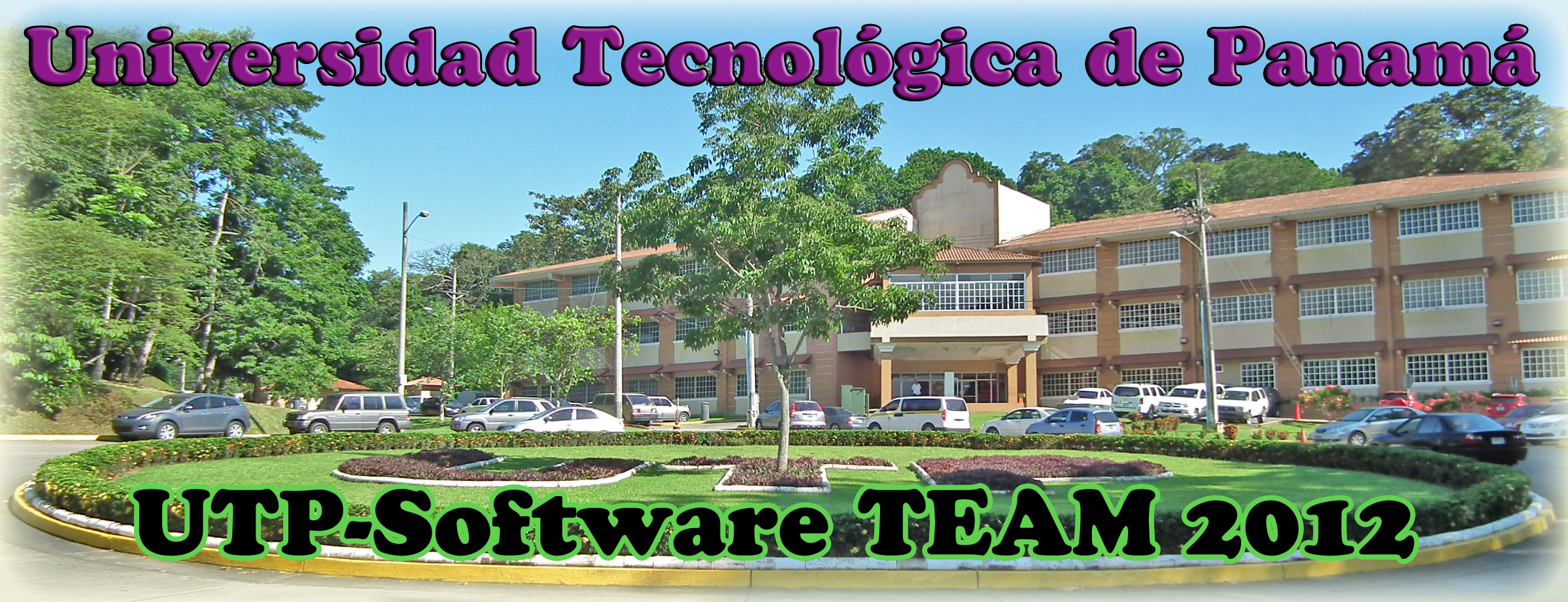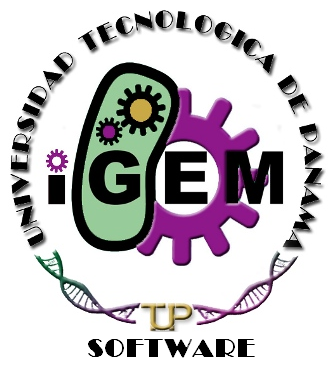Team:UTP-Software
From 2012.igem.org
(Difference between revisions)
| Line 7: | Line 7: | ||
In practice when teams find sequences that can’t be introduced in their chosen Biobricks Standard, they usually take either one of these paths: | In practice when teams find sequences that can’t be introduced in their chosen Biobricks Standard, they usually take either one of these paths: | ||
| + | <ul> | ||
| + | <li>Non-biological background teams abandon the gene and change it.</li> | ||
| - | + | <li>By the other hand, experienced teams, make mutations in their sequence to allow it to match with some desired BB standards.</li> | |
| - | + | </ul> | |
| - | + | ||
| - | + | ||
This mutagenesis process is in some case too complicated to deal for new teams, as we say it, then these teams maybe change potentially great applications, due to this little technical problem. | This mutagenesis process is in some case too complicated to deal for new teams, as we say it, then these teams maybe change potentially great applications, due to this little technical problem. | ||
The engineers of the UTP-Software team addresses this problem developing our SynBio Sequence Mutation Tool (S2MT), for us a great challenge, but an interested journey to collaborate with other iGEMers in the world. | The engineers of the UTP-Software team addresses this problem developing our SynBio Sequence Mutation Tool (S2MT), for us a great challenge, but an interested journey to collaborate with other iGEMers in the world. | ||
| - | Our SynBio Sequence Mutation Tool was made to quickly analyze sequences and | + | Our SynBio Sequence Mutation Tool was made to quickly analyze sequences and, |
| - | + | <ul> | |
| - | + | <li>Determine standards Biobricks Compatibility.</li> | |
| - | + | <li>Suggest Primers that will help solve the compatibility issues.</li> | |
| + | </ul></div> | ||
Revision as of 08:33, 26 September 2012
| Home | Team & Attributions | Project | S2MT | Tutorial | Biosinergia | Notebook | Human Practices | Safety | Sponsors |
|---|
 "
"

